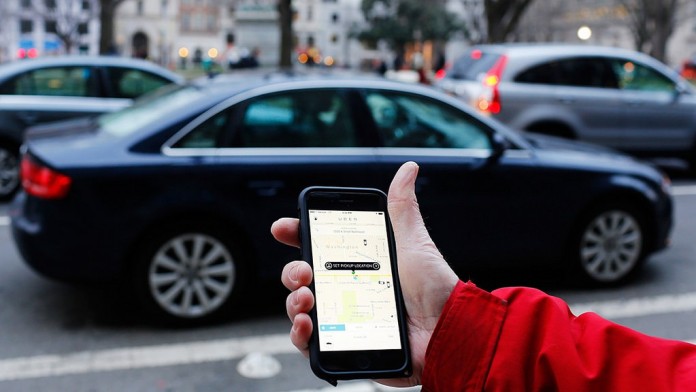
Though ride-hailing services have previously been accused of exacerbating traffic and disrupting local transportation, pooled options such as UberPool and Lyft Line have generally avoided such criticism. But according to a new report by transportation consultant Bruce Schaller, pooled rides have their own disruptive effects on transit systems and need to be part of the conversation.
Analyzing data from nine cities, his study found that pooled ride services make traffic worse. It estimated that 60 percent of ride-hail customers would have otherwise used transit, walked, biked or stayed home if not for Uber and Lyft. Drivers also rack up miles as they drive around waiting for new customers or take circuitous routes to pick up riders. Based on the data, personal rides add 2.8 new vehicle miles for every mile of personal driving they eliminate – and pooled rides add 2.6 new vehicle miles. The difference between the two figures is negligible, noteworthy given the rate at which ride-hailing services are expanding.
Uber and Lyft have contested the findings, noting that other studies have drawn different conclusions and that their own data suggests that shifting riders to pool services cuts down on vehicle miles. But, as The Post’s Faiz Siddiqui pointed out, the report never claims that pool services are less efficient than personal rides. Instead, its main conclusion is that pooled rides are luring passengers away from rail and bus lines, undercutting transit options and adding more traffic to the streets. These findings are in line with previous research – and at odds with a study touted by Lyft asserting that using pooled rides could reduce taxi traffic by as much as 75 percent.
More research needs to be done on the effects of ride-hailing services – pooled or otherwise – on traffic and transit systems. Obviously they are providing a service that consumers find useful. But local governments cannot rely on ride-hailing companies to miraculously solve traffic congestion in urban areas. Instead, they should continue to look for ways to encourage residents to take public transportation. This could mean implementing congestion pricing on particularly busy corridors, adding dedicated bus or bike lanes and improving the frequency of transit options.
The D.C. Council, meanwhile, should proceed cautiously as it considers a proposal to exempt pooled rides from the city’s new tax hike on ride-hailing services. The primary arguments in favor of this exemption would be that pooled rides reduce congestion and cater to low-income residents who would not otherwise take the bus or Metro. With both of these premises cast in doubt by the new research, such a policy could offer ride-hailing companies an unnecessary and costly reprieve.
(c) 2018, The Washington Post ·
{Matzav.com}












The traffic was terrible I almost missed minyom
Let’s do a study to see if the sky is blue